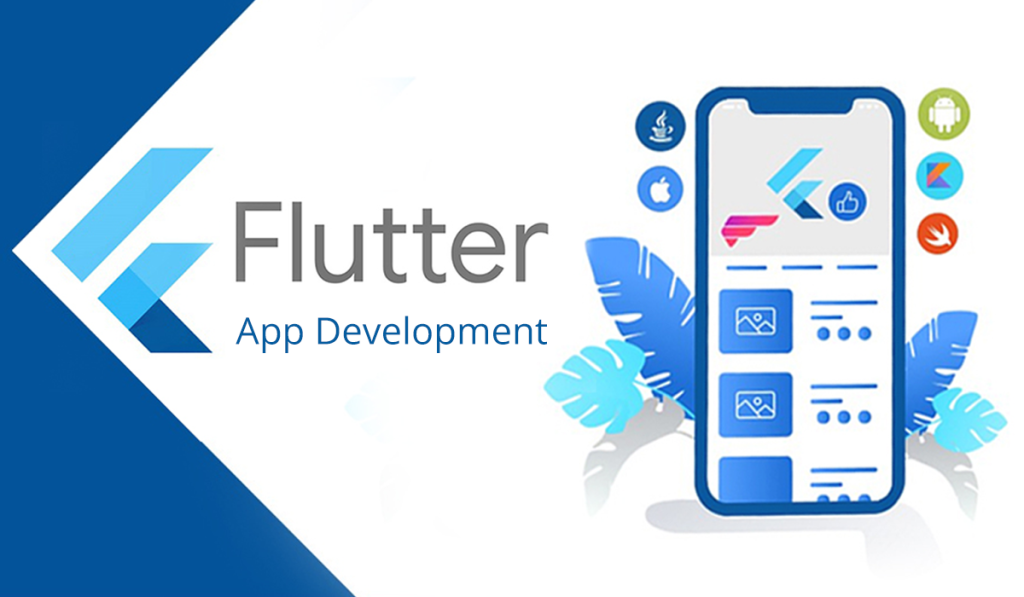When small businesses venture into mobile app development for the first time, a crucial decision awaits: build separate native apps for iOS and Android, or choose a cross-platform solution like Flutter? This choice impacts your budget, timeline, and long-term maintenance strategy.
The Traditional Approach: Native Development
Native development using Swift for iOS and Kotlin for Android has traditionally meant:
- Managing two separate codebases
- Hiring developers with platform-specific expertise
- Coordinating parallel development cycles
- Implementing and testing features twice
The Modern Alternative: Flutter’s Cross-Platform Advantage
As Mission Control, we are HUGE fans of Flutter – an open source, cross platform development tool that enables us to develop Mobile (and Desktop Apps) for our clients in absolutely no time at all.

Flutter offers a compelling alternative that addresses many small business pain points:
Key Benefits for Small Businesses
- Cost Efficiency: Develop once and deploy to multiple platforms, significantly reducing both initial development and ongoing maintenance costs.
- Faster Time-to-Market: Launch on both major platforms simultaneously, helping you reach your entire target audience from day one.
- Consistent Brand Experience: Maintain visual and functional consistency across platforms, strengthening your brand identity regardless of which devices your customers use.
- Streamlined Updates: Deploy new features and bug fixes across platforms efficiently, allowing your team to focus on innovation rather than duplicate implementation.
While native development still offers advantages for certain specialized applications – and we still love doing things in Swift or Kotlin from time to time – Flutter provides small businesses with a pragmatic balance of performance, cost-effectiveness, and development speed.
For most small businesses making their first foray into mobile apps, cross-platform development represents a strategic approach that delivers professional results without the complexity and expense of maintaining multiple codebases.
Consider your specific business needs, but know that platforms like Flutter have matured to offer a compelling alternative to the traditional native approach.
And more importantly, talk to us about your budget and what you are looking to achieve. As we develop in a number of languages based on the specific requirements of our clients – the answer may take some discussion – but we’re always here to help!

